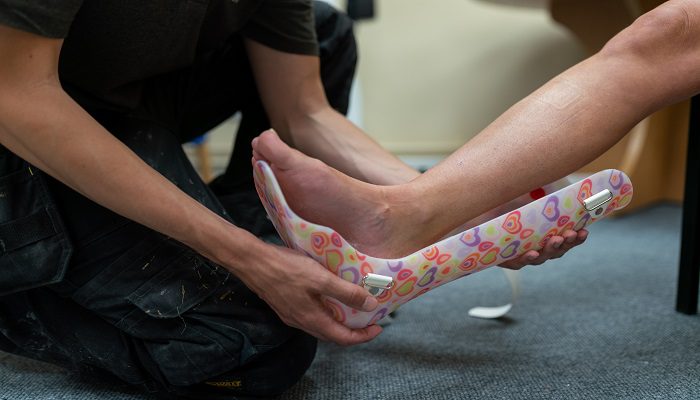The idea of sports technology is increasingly becoming the mainstream way of doing things in sport. This is a result of the fact that technology has now reached the point where it’s been so well developed that it enables almost impossible feats in sports. We’ve been able to see technological advances in almost every sphere of human activity, from communication to transportation – but perhaps nothing is so revolutionising sport as the development of sports technology. It has also made huge strides in medicine, helping to make possible feats that would be simply impossible without the help of modern sports technology.
The idea of sports technology advancements is also closely tied to the idea of sport and health metrics. Using wearable sensors to track everything from heart rate and temperature to muscle force and acceleration, sports scientists are literally trying to capture every aspect of an athlete’s performance and then determine how those measurements can help improve the performance of athletes and even medical professionals. Medical researchers have already made great strides in this area with the development of such monitors as EKG meters and the subsequent development of the Human Performance Monitoring System or HRMS. The HRMS itself is a piece of sports technology that doesn’t even look like a sports watch.
A prime example of modern-day sports technology that helps athletes is the recently-developed Reflex Point Locomotor. Athletes can wear a sensor pad on their forearms which measures the amount of force exerted on them by their muscles as they perform different types of movements during their exercises. The sensor itself is basically an air bubble, which is inflated by the force of movement exerted on it. The system uses this information to determine the amount of force required to achieve a certain level of contraction and then determines which muscles will need to be trained the most in order to achieve the best results.
Of course, some experts in the field are skeptical about using such sophisticated technology for training purposes. Proponents argue that there are better ways of measuring the athlete’s performance without having to resort to invasive means such as blood testing. They also point out that there is much research currently being done to develop new techniques for measuring athletic movements in sports training. It is also pointed out that there is a great deal of room for improvement. For instance, many believe that the current method of monitoring an athlete’s performance is outdated and that new methods such as flexion training may prove to be more beneficial in the future.
The use of sports technology in the form of such sensors is not limited to just athlete’s training. Using such sensors has also been used to help with the rehabilitation of athletes who are injured or have been affected by traumatic events. Such technology has enabled physicians to evaluate such injuries in a non-invasive manner, which has resulted in faster diagnosis and hopefully, a faster recovery. Injuries can be assessed using a variety of sensors ranging from the wristwatch to radiofrequency detectors.
As time goes on, there will probably be many other uses for these kinds of sensors in the field of sports training. They have the potential to help with rehabilitation and injury assessment. This new technology has the potential to revolutionize how professionals in the sports world train their athletes. There is no doubt that they will find many new uses for these kinds of advanced technology in the years to come.






























